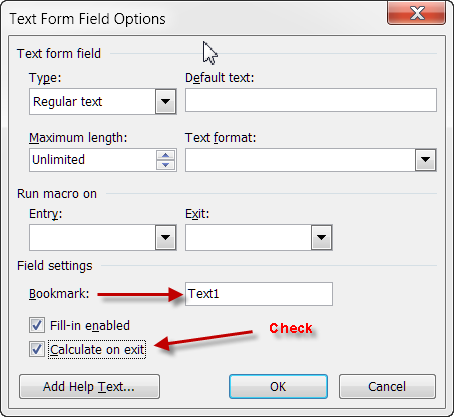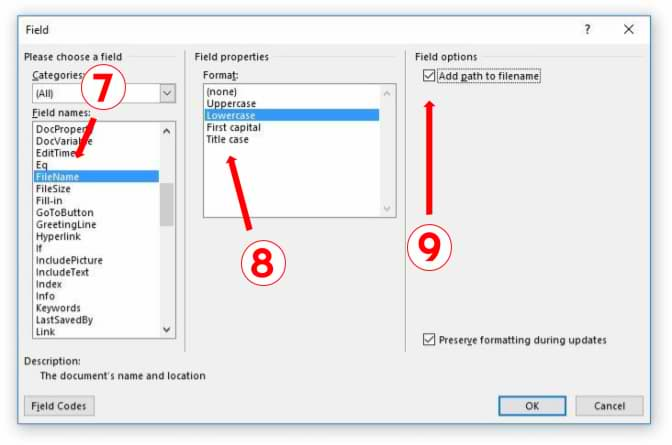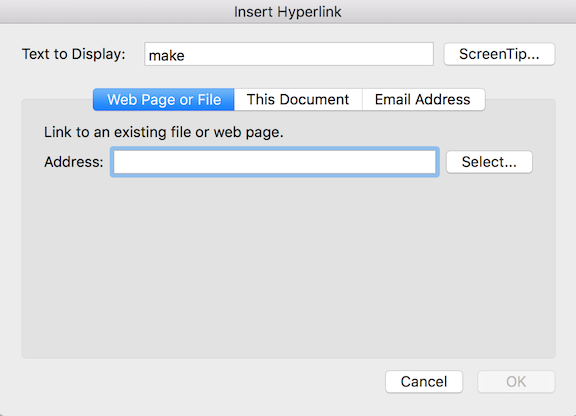

Rest the pointer on the border of the text box until the pointer becomes, and then click the border. Select a text box that's part of a story.

ĭelete a linked text box without deleting story text On the text box frame, click the next text box handle or previous text box handle. This is useful when a document contains multiple stories that span different pages, or contains stories with many linked text boxes. You can step through linked text boxes to identify which text boxes are linked and to track the flow of a story. You can paste the copied text directly into your document, into another location within the same story, or into another story. To copy some of the text from a story, select only the text that you want to copy, and then copy it. You can drag text boxes to new locations within the same document, or into another Word document.

To move text boxes, use the Cut command instead of the Copy command. Hold down SHIFT and select each text box in the story. To successfully copy linked text boxes and the text that they contain, you must copy all the linked text boxes in a story. You can copy a story, or a chain of linked text boxes, to another document or to another location in the same Word document. On the Format tab, under Text Box, click Break Link. On the View menu, click Print Layout or Publishing Layout.Ĭlick the text box that you want to be the last link in the story. If you want to, you can then reflow the text starting in any empty text box.
#Word for mac create link in text series
The second series of linked text boxes, which now forms its own story, is empty. However, the text stops flowing at the last text box before the broken link. The links before and after the break stay intact. When you break a link in a story, you create two stories. You can break a link between any two text boxes that are part of a story. The Link to Text Fragment extension is available now in the Chrome Web Store.Note: You can only link to an empty text box.Ī text box can have only one forward (next) link and one backward (previous) link. I wasn’t able to verify what it was about my combination of browser, extensions, and the websites I was linking to that caused these problems. Then, when creating links, I’d sometimes receive an error telling me to highlight a longer section of text, despite having already selected a whole paragraph. While testing out the feature in Edge, I’d sometimes get linked to the correct part of the page, but the text wouldn’t be highlighted. The extension and the functionality it enables are promising, but it’s not perfect just yet. You could also see it being useful for linking to a specific step in a long series of instructions, or a particular entry in a best-of list. In the paragraph above, for example, the hyperlink to Google’s blog post is set up to link directly to the section about Firefox and Safari compatibility. Text fragments are a small but useful piece of functionality that make it easier to find specific information on a webpage. Clicking a link using those browsers will simply take you to the top of the linked webpage, without highlighting the text. Google’s blog post notes that as of yesterday Firefox and Safari had not said that they’d implement the feature. The links created by the extension are compatible with version 80 upwards of all Chromium-based browsers, but they’re not supported in all browsers. This extension simplifies the creation process.

However, these URLs can be long and difficult to manually create if you’re linking to longer sections of text, or complex web pages where the same words are repeated multiple times. It’s the same technology that Google now sometimes uses to link to specific parts of a webpage in search results. The Google extension builds upon a new feature that was recently added to Chromium called Text Fragments, which works by appending extra linking information to a URL after a #. For example, clicking this link in Chrome or Edge will bring you directly to a highlighted section at the bottom of the article. With the extension installed, simply highlight the text you want to link to, right click, and select “Copy Link to Selected Text.” This can then be shared and opened by anyone using a compatible browser. Link to Text Fragment is a new Chrome Extension from Google that lets you generate URLs to specific text on a webpage, regardless of the page’s formatting.


 0 kommentar(er)
0 kommentar(er)
